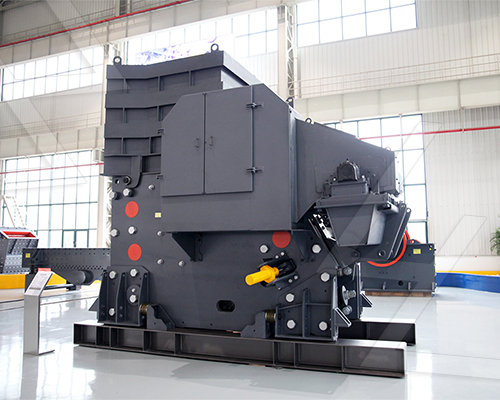In mineral processing, a crusher is a key piece of equipment used to reduce the size of large rocks, ores, or other raw materials into smaller, more manageable fragments. This process is essential for efficient downstream operations like grinding, concentration, and extraction.
 Types of Crushers in Mineral Processing
Types of Crushers in Mineral Processing
1. Primary Crushers (Coarse Crushing)
– Jaw Crusher: Uses compressive force to break large rocks; ideal for hard and abrasive materials.
– Gyratory Crusher: Similar to jaw crushers but with a conical head; used in high-capacity primary crushing.
2. Secondary Crushers (Intermediate Crushing)
– Cone Crusher: Uses a rotating mantle to crush materials against a concave bowl; good for medium-hard to hard ores.
– Impact Crusher: Uses high-speed impact (hammers/blow bars) for softer or less abrasive materials (e.g., limestone).
3. Tertiary/Quaternary Crushers (Fine Crushing)
– Vertical Shaft Impact (VSI) Crusher: Produces finely crushed material for sand-making or ultra-fine grinding feed.
– High-Pressure Grinding Rolls (HPGR): En.jpg) y-efficient alternative for fine crushing and grinding.
y-efficient alternative for fine crushing and grinding.
Key Functions in Mineral Processing
– Size Reduction: Prepares ore for grinding by achieving optimal feed size.
– Liberation of Valuable Minerals: Breaks ore into particles where valuable minerals are freed from gangue.
– Improving Downstream Efficiency: Reduces energy consumption in grinding circuits (e.g., SAG/ball mills).
Selection Criteria
– Ore hardness (Mohs scale) and abrasiveness.
– Desired product size (P80—80% passing size).
– Throughput capacity and energy efficiency.
Would you like details on a specific type of crusher or its application in a particular mineral processing flow sheet?




